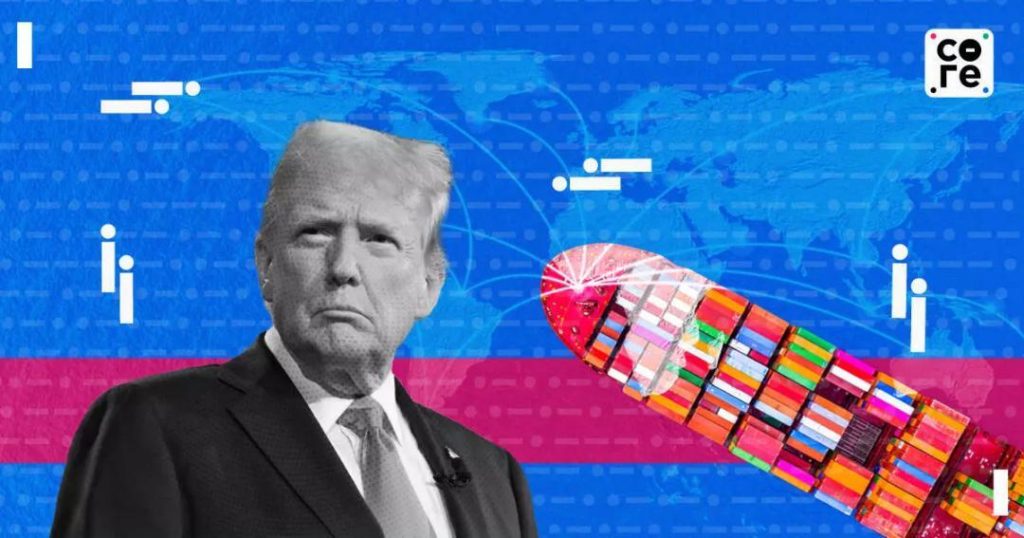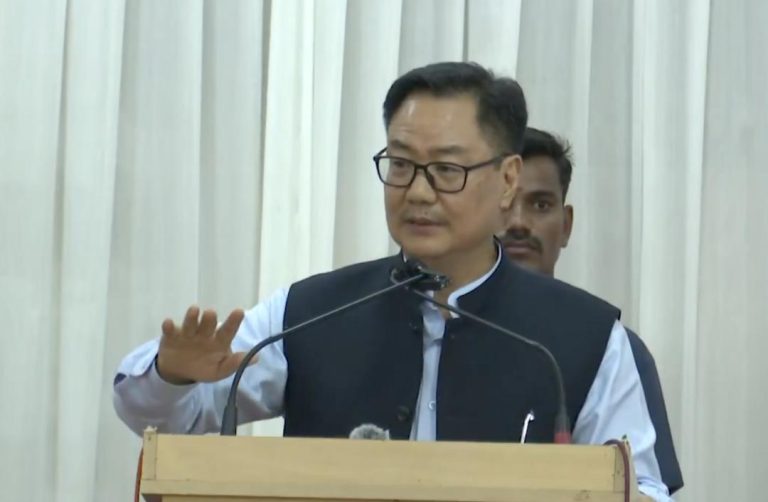
With Trump Tariffs Back, Trade Needs a Rethink
The world is once again plunged into uncertainty as US President Donald Trump’s trade policy goes into overdrive. Fresh threats of tariffs have been issued, targeting iconic brands like Apple in India and EU goods, among others. This latest move is not just a manifestation of Trump’s temperamental nature; it’s a symptom of a deeper structural issue. The era of predictable trade is ending, and exporters must adapt to a permanently disrupted global trade landscape.
The past few years have seen a remarkable rise in trade tensions, with the Trump administration’s protectionist policies being a major catalyst. The initial shockwave was triggered by the implementation of tariffs on steel and aluminum imports in 2018. Since then, the global trade landscape has been in a state of flux, with tariffs being imposed and retaliated against in a never-ending cycle.
The impact of these tariffs has been far-reaching, affecting global supply chains, consumer goods, and even the financial markets. The uncertainty surrounding trade policies has made it challenging for businesses to plan and invest, leading to a decrease in economic growth and increased volatility.
India, in particular, has been caught in the crossfire. The country’s exports have been significantly impacted by the ongoing trade tensions, with many industries, such as textiles and pharma, facing significant challenges. The recent threat of tariffs on Apple products in India, which is a significant market for the tech giant, has further added to the uncertainty.
So, what does this mean for India and the world? The answer lies in a fundamental rethink of the way we approach trade. The old paradigm of predictable trade agreements and tariffs is no longer relevant in today’s rapidly changing global landscape.
The first step towards adapting to this new reality is to acknowledge that trade is no longer a zero-sum game. In the past, countries would often engage in tit-for-tat trade wars, where one country’s gain would be another’s loss. However, in today’s interconnected world, trade is more about creating mutually beneficial relationships.
The second step is to move beyond temporary fixes and focus on long-term solutions. Temporary measures, such as quick fixes or workarounds, may provide some relief in the short term, but they do not address the underlying structural issues. Instead, countries need to work together to create a more stable and predictable trade environment.
One way to achieve this is through the establishment of more comprehensive trade agreements. These agreements should focus on creating a level playing field, promoting fair trade practices, and providing a framework for resolving disputes. The EU’s recent trade agreement with Japan is a good example of this approach.
Another important aspect is the need for greater diversification in trade. Countries like India, which have historically been heavily reliant on a few major trading partners, need to expand their reach and develop new trade relationships. This can be achieved through diplomatic efforts, trade missions, and investments in infrastructure and logistics.
The third step is to recognize that trade is not just about commerce; it’s also about politics and diplomacy. Trade policies are often used as a tool for political leverage, and countries need to develop a more sophisticated understanding of the political contexts in which they operate.
In conclusion, the recent resurgence of Trump’s tariff threats is a wake-up call for India and the world. The era of predictable trade is ending, and exporters must adapt to a permanently disrupted global trade landscape. This requires a fundamental rethink of the way we approach trade, focusing on long-term solutions, diversification, and a more sophisticated understanding of the political contexts in which we operate.
The news source for this article is:






